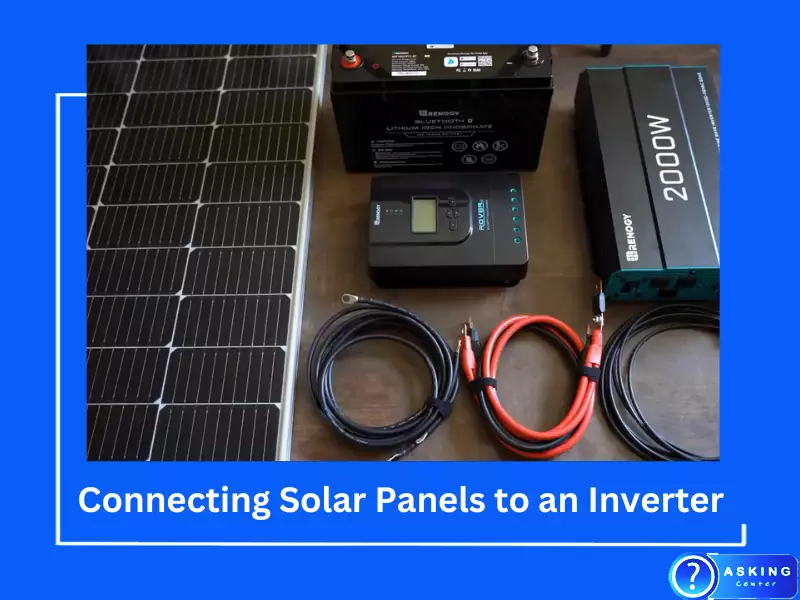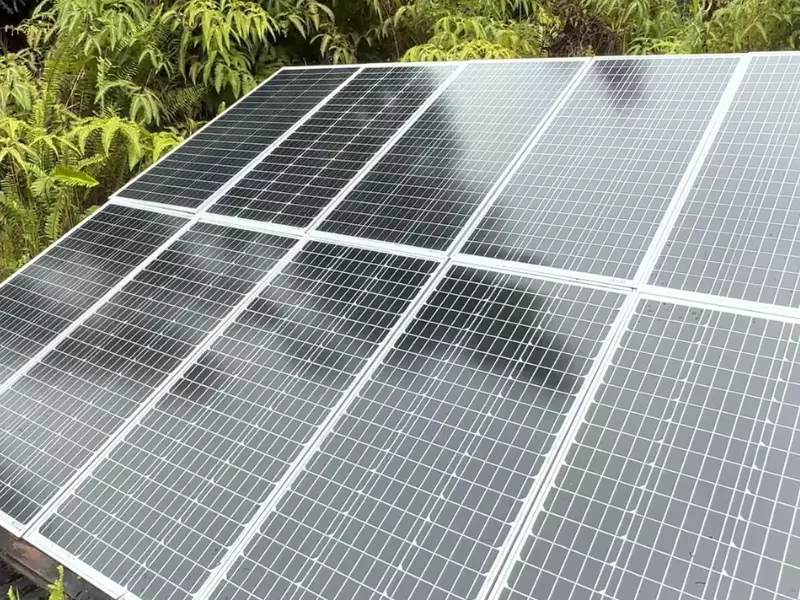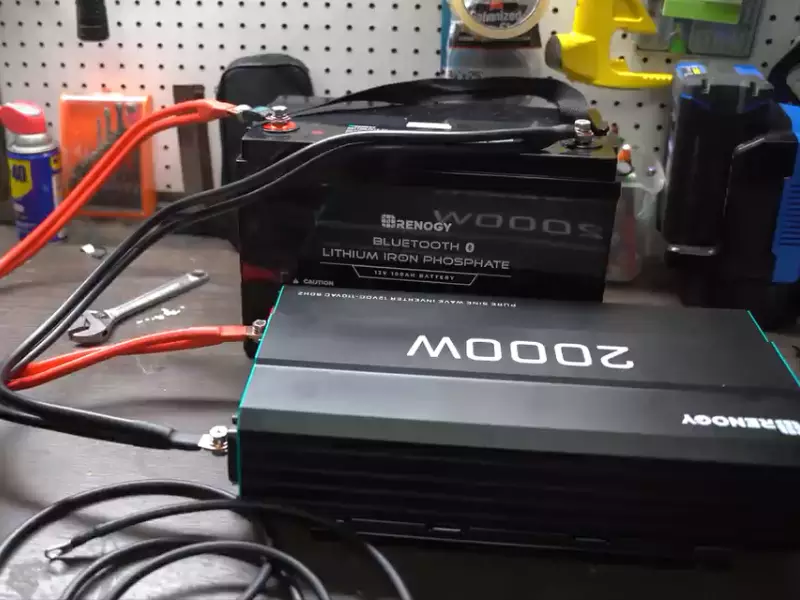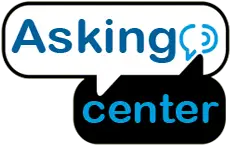The increasing reliance on solar energy to power homes and businesses reflects our society’s growing commitment to sustainable and renewable energy. Fundamental to this solar revolution is the critical connection between two main components: solar panels and inverters. Creating a reliable link between these devices is central to the functioning of a well-run solar energy system.
Solar panels and inverters, working in synergy, convert the sun’s rays into usable electricity. Throughout this comprehensive guide, we will not only break down these crucial components and their specific roles but also explain the importance of a properly established connection between them.
In today’s era, it’s not just technicians or engineers who should grasp the complexities of a solar power system. It’s crucial knowledge for all, especially those considering a solar setup to optimize their energy consumption. This guide aims to enlighten you on the essential aspects of your solar system, equipping you with the knowledge to better manage and understand your renewable energy source.
What is a Solar Panel?
Solar panels, the heart of any solar energy system, comprise numerous photovoltaic cells made from semiconductive materials. Silicon is commonly used for this purpose. These cells absorb sunlight and convert it into direct current (DC) electricity.

It’s important to note that the amount of power a solar panel can generate is influenced by the intensity of sunlight and the efficiency of the photovoltaic cells it houses.
Solar panels come in a variety of types and sizes, with each variant suitable for different needs and conditions. For instance, monocrystalline panels, known for their high efficiency and sleek black design, are perfect for homes with limited roof space.
What is an Inverter in a Solar System?
An inverter plays a pivotal role in a solar power system. Its core function lies in transforming the DC electricity produced by the solar panels into alternating current (AC) electricity, a form that’s compatible with most home and commercial appliances.
Inverters are available in several types, including string inverters, microinverters, and power optimizers. Each offers unique benefits suited to different needs. For instance, microinverters, though more expensive, allow for panel-level optimization and are ideal for systems where shading is a concern.
Is an Inverter Necessary in a Solar System?
Indeed, an inverter is indispensable in a solar power system. Solar panels generate electricity in DC form, while the majority of our appliances run on AC power. The inverter serves as a bridge, converting the DC output into usable AC electricity.
Without an inverter, the electricity harnessed by the solar panels would be incompatible with most appliances, making it virtually useless. For example, if you have a solar setup at your home, your refrigerator, television, and air conditioner all rely on the inverter to function on the solar-produced power.
Can You Connect an Inverter Directly to a Solar Panel?
Technically, an inverter can be connected directly to a solar panel. However, such a setup is usually not recommended for a number of reasons. The power output from solar panels can fluctuate depending on sunlight intensity and the angle of incidence, which can potentially damage the inverter.
To prevent this, a regulator or charge controller is typically used between the solar panel and inverter to maintain a steady voltage, thereby protecting the inverter. For example, in an off-grid system where the solar panels are directly powering DC appliances, a charge controller prevents overcharging of batteries by regulating the voltage and current coming from the solar panels.
Do You Need Other Equipment with an Inverter in a Solar System?
A solar power system is more than just solar panels and an inverter. It’s a complex network of components working together to efficiently convert and distribute solar power. These components include charge controllers, batteries, wiring, and mounting equipment.
Charge controllers, or solar regulators, play a crucial role in managing the energy produced by solar panels. They regulate the voltage and current from the panels, preventing overcharging of batteries and ensuring the longevity of the system.
Batteries form another essential part of a solar setup, particularly in off-grid and hybrid systems. They store surplus power generated during the day for use during nighttime or overcast periods.
Batteries come in several types, such as lead-acid and lithium-ion, each with its pros and cons. For instance, while lithium-ion batteries are more efficient and longer-lasting, lead-acid batteries are often a more cost-effective choice.
The wiring in a solar system connects all components, allowing power to flow between them. High-quality, solar-grade wires are crucial for maintaining efficient power transfer and reducing energy loss. These wires must be properly insulated to prevent electrical accidents and damage.
Finally, mounting equipment provides a sturdy base for your solar panels. These mounts can be fixed or adjustable and should be chosen based on factors such as roof type, local climate, and solar panel dimensions.

When Do You Need An Inverter In Your Solar System?
Inverters become necessary in your solar system when you intend to power appliances that require AC power. Most domestic and commercial devices fall into this category, including refrigerators, air conditioners, or electric stoves. As solar panels generate DC power, an inverter is crucial for converting this energy into a form compatible with these appliances.
Furthermore, inverters are essential if you plan to send excess power back to the electrical grid. Grid-tied systems require inverters to convert DC power into AC power, which aligns with the power quality standards of the grid. To illustrate, consider a homeowner with a grid-tied solar system.
During the day, their solar panels might generate more electricity than the household consumes. An inverter will allow this excess energy to be converted into AC and sent back to the grid, often leading to energy credits for the homeowner.
Do You Need Batteries With An Inverter On A Solar System?
The need for batteries in a solar system largely depends on the specific setup and energy goals. In grid-tied systems, which remain connected to the electrical grid, batteries may not be essential. These systems can draw power from the grid during times of low solar generation. However, many people opt for batteries as a backup source of power during grid outages.
In contrast, off-grid systems require batteries as they have no grid connection to fall back on. Batteries store excess power produced during the day for use when solar generation is low or nonexistent, such as at night or during periods of heavy cloud cover.
Hybrid systems, which can operate connected or disconnected from the grid, also benefit from batteries. They provide energy security, allowing homeowners to use stored solar power during grid outages or periods of high electricity prices.
To highlight the importance of batteries, imagine a remote cabin powered by an off-grid solar system. During the day, the solar panels may generate more power than the cabin requires. Instead of wasting this energy, it can be stored in batteries for use in the evening or on cloudy days, ensuring the cabin always has a power supply.
How Is An Inverter Connected To A Solar Panel?
Creating a reliable connection between solar panels and an inverter is a critical aspect of a well-functioning solar power system. It is a multi-step process that typically involves the following elements:
The Role of Charge Controllers
The first step in connecting an inverter to a solar panel involves the direct current (DC) output cables from the solar panels. These are wired to a charge controller, which serves a crucial purpose.
It manages the voltage and current supplied to the inverter and prevents potential battery overcharge. Thus, a charge controller is a fundamental protective device in solar installations.
Wiring the Inverter
Post the charge controller, the next step is wiring the inverter. Usually, the DC output from the charge controller is connected to the DC input of the inverter. It’s important to use high-quality, well-insulated wires to ensure efficient power transfer and safety.
Connecting to Batteries (if present)
In off-grid or hybrid systems, where batteries are part of the setup, the charge controller is also connected to the battery bank. These batteries store the excess power produced by the solar panels, and the inverter draws power from these batteries to convert it into AC form when needed.
Transition to AC Power
Once the inverter receives DC power either directly from the charge controller or via the batteries, it transforms this power into AC electricity. This conversion is crucial as most household appliances require AC power for operation.
The Role of a Breaker Panel
After the power is converted into AC form, it is then sent to a breaker panel or a service panel. This panel serves as the central hub for electrical circuits in a building and regulates the distribution of power to various appliances and areas within the premises.
Net Metering and Power Export (if applicable)
In grid-tied systems, any surplus power generated can be fed back into the grid. This process requires the AC power from the inverter to be routed through a bidirectional meter, also known as a net meter.
This device records the amount of electricity fed into the grid, often leading to energy credits or a reduction in electricity bills for the consumer.

Why Do We Need to Connect Solar Panels to an Inverter?
The process of converting solar energy into electricity involves several essential steps and components. The connection of solar panels to an inverter is one such crucial aspect.
The Role of an Inverter
Solar panels produce direct current (DC) electricity when exposed to sunlight. However, most household appliances and the electrical grid operate on alternating current (AC) power.
An inverter, therefore, plays a pivotal role in converting the DC electricity generated by the solar panels into AC electricity. Without this conversion, the electricity produced by the solar panels would largely be unusable for everyday domestic consumption.
Benefits of Using an Inverter
Inverters provide numerous benefits within a solar power system. They enable the seamless use of solar-generated power for common appliances, making solar energy a practical and reliable energy solution.
Furthermore, they facilitate the integration of solar power systems with the grid, allowing excess energy to be fed back into the grid. This grid-connection can often lead to reductions in energy bills via a process called net metering.
Necessary Materials and Tools
Connecting solar panels to an inverter requires various materials and tools. Here’s a general list:
List of Necessary Materials
- Solar Panels
- Inverter
- Charge Controller
- Batteries (if applicable)
- Electrical cables and wires
- Mounting hardware
- Electrical connectors
- Junction boxes
Essential Tools Required for the Process
- Screwdrivers
- Wrench set
- Wire cutters and strippers
- Electrical tester
- Multimeter
- Cable ties
- Ladder (for rooftop installations)
How to Safely Prepare for Installation?
Safety should always be the top priority when preparing for the installation of a solar system.
Safety Precautions
- Always switch off the power before beginning any work.
- Use insulated tools to protect against electrical shocks.
- Wear protective gear such as gloves, safety glasses, and sturdy footwear.
- Avoid working in wet conditions or during rainfall.
Necessary Preparations
- Carefully read the manufacturer’s installation manual for both the solar panels and inverter.
- Ensure that all the required materials and tools are available.
- Plan the layout of the solar panels and the location of the inverter.

What to Do If Your Solar Panels Aren’t Connecting to the Inverter?
At times, you may encounter issues while connecting the solar panels to the inverter. Here are some common problems and potential solutions:
Common Issues Encountered During the Installation Process
- The inverter isn’t turning on: This could be due to a faulty connection, an issue with the DC/AC switch, or a problem with the inverter itself.
- Low power output: This might be due to shaded solar panels, incorrect panel angle, or malfunctioning equipment.
Troubleshooting Tips and Solutions
- Check all connections to ensure they are secure and correct.
- Inspect the inverter for any signs of damage or malfunction.
- Review the panel placement and adjust if necessary to avoid shade and optimize sunlight exposure.
- Consult with a professional if problems persist.
Maintenance and Care for Your Solar Panel
Maintaining the connection between your solar panel and inverter is essential to ensure a long-lasting and efficient solar power system.
How to Maintain the Connection
- Regularly inspect the system for any visible damage or loose connections.
- Clean the solar panels periodically to remove dust or debris that could affect performance.
- Monitor the system’s power output to identify any potential issues early.
Importance of Regular Maintenance
Routine maintenance is crucial for the long-term performance and efficiency of your solar power system. By promptly addressing any issues, you can avoid larger problems down the line, thereby preserving the lifespan and effectiveness of your solar power system.
Regular checks also help to ensure that the system operates at its maximum potential, providing you with consistent, reliable, and cost-effective solar energy.
Conclusion
Understanding the function and connectivity of inverters and solar panels is fundamental for anyone seeking to tap into solar power. Whether you’re contemplating the shift to solar energy or are a solar energy veteran seeking to optimize your current system, understanding these principles can lead to better energy management and potential savings. As always, engaging with professionals for installation and complex maintenance ensures a safe and well-functioning solar energy system.
